Figures & data
Figure 1. Explanation of the set of parameters measured in the study. Different types of reactive oxygen species (ROS), namely superoxide anion-radical, hydrogen peroxide, and hydroxyl radical, may hit various targets. Iron-sulfur (Fe-S) clusters present in a number of enzymes, including cytosolic and mitochondrial aconitase (ACO), are a well-established target of superoxide. Enzymes that reduce NADP (e.g. G6PDH and IDH) may provide NADPH for thioredoxin reductases or for the synthesis of Fe-S clusters by Fe-S cluster assembly (ISA) machinery. All types of ROS are able to oxidize thiol-containing compounds (RSH) and lipids, yielding disulfides (RSSR) and lipid peroxides (LOOH), respectively. SOD and catalase (CAT) convert ROS into less toxic species, whereas glutathione-S-transferase (GST) detoxifies lipid peroxides, preventing peroxidation chain reaction.
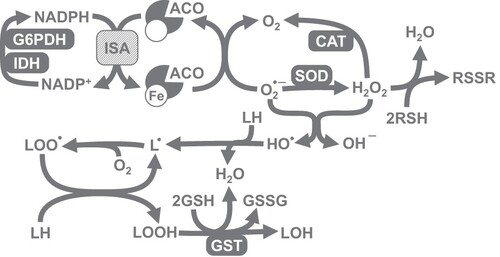
Figure 2. Trolox equivalent antioxidant activity of methanolic extracts of Capsicum frutescens powder. M – methanol–water mixtures with indicated concentrations of methanol; TxE – Trolox equivalent. Data are means ± standard deviations (SD), n = 4. aThe value is significantly different from the values obtained via extraction of polyphenols from dry Capsicum frutescens powder with 25% methanol (25%M), bThe value is significantly different from the values obtained via extraction with 50% methanol (50%M), cThe value is significantly different from the values obtained via extraction by the same concentrations of methanol at 40°C.
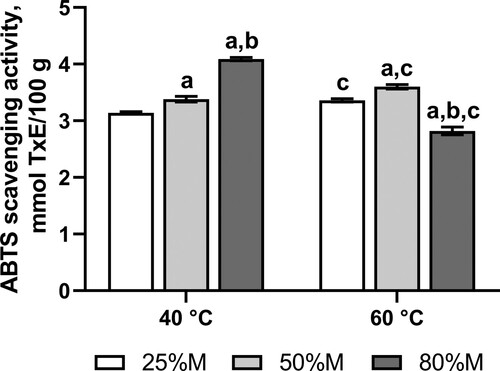
Figure 3. Activity of superoxide dismutase in fruit flies reared for fifteen days on the control diet and the diets supplemented with different concentrations of powder from dry chili fruits: A – males, B – females. Data are means ± SEM (n = 4). cSignificantly different from the control, P < 0.05. mSignificantly different from the corresponding group of males, P < 0.05.
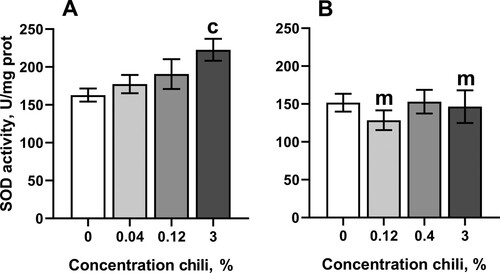
Figure 4. Resistance to redox-cycling compound menadione in fruit flies reared for 15 days on the control diet or the diets supplemented with different concentrations of powder from dry chili fruits: A – males, B – females. Data are means ± SEM (mortality of cohorts of 29–60 individuals was assayed). cSignificantly different from the control, P < 0.05. Groups were compared using a pairwise log-rank test implemented in R package ‘survminer’ followed by Benjamini-Hochberg correction.
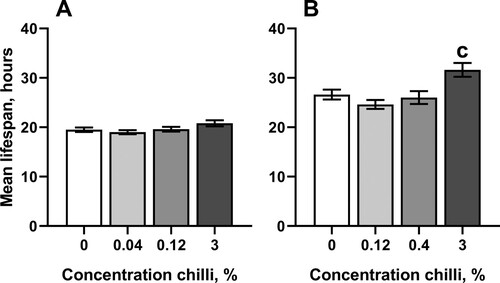
Figure 5. Activity of glutathione-S-transferase (GST) in fruit flies reared for fifteen days on the control diet and the diets supplemented with different concentrations of powder from dry chili fruits: A – males, B – females. Data are means ± SEM (n = 3–4). cSignificantly different from the control, P < 0.05. mSignificantly different from the corresponding group of males, P < 0.05.
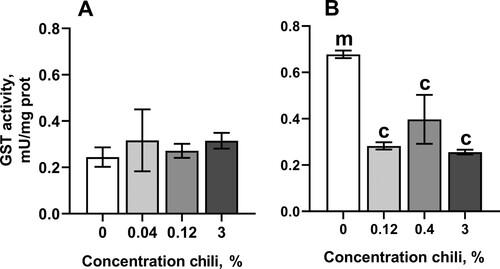
Table 1. Oxidative stress markers – protein carbonyls (CP), high and low-molecular mass thiols (HM–SH, LM–SH), lipid peroxides (LOOH), and activities of antioxidant and related enzymes: catalase, aconitase, isocitrate dehydrogenase (IDH), and glucose 6-phosphate dehydrogenase (G6PDH) in fruit flies reared for 15 days on the control diet or the diets supplemented with different concentrations of powder from dry Capsicum frutescens fruits.
Figure 6. Principal component analysis of the biochemical parameters (SOD, catalase, GST, G6PDH, IDH, aconitase, high- and low-molecular mass thiols, CP, LOOH) measured in fruit flies reared for 15 days on the control diet or diets supplemented with different concentrations of powder from dry chili fruits. Each point (circle or square) represents an average for a male/female fruit fly cohort reared on either control food or on food with indicated concentration of chili powder. Circles denote averages for female cohorts whereas squares denote averages for male cohorts. Coordinates of each point on the plot are determined by the average values of the above-mentioned biochemical parameters that were converted into the loadings of principal components. Ellipses indicate 68% confidence intervals for the data. Percentages at principle component axes indicate the amounts of variance explained by each principal component.
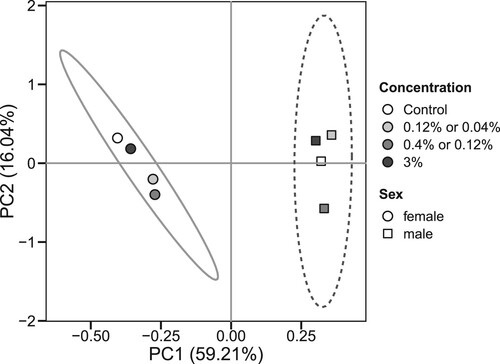
Figure 7. Linear correlations between G6PDH and IDH (A), and between aconitase and protein carbonyl content (B) in D. melanogaster reared on the control diet and the diets supplemented with different concentrations of chili powder.
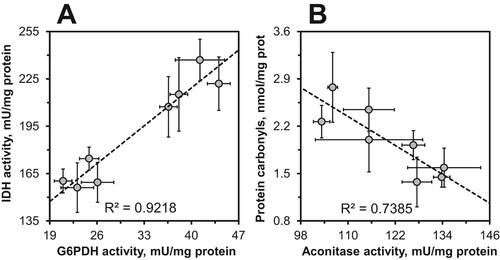
Table 2. Pearson correlation coefficients between all measured biochemical parameters.
Figure 8. Generalized scheme that explains relationships between antioxidant (SOD and catalase) and related enzymes (G6PDH, IDH), and potential oxidative stress markers (protein carbonyls) observed in the study and partially confirmed by regression analysis. SOD converts superoxide radical into less toxic hydrogen peroxide. However, SOD protects biomolecules from oxidation by ROS only in conjunction with catalase, since the latter prevents potential formation of hydroxyl radicals in the reaction between superoxide and hydrogen peroxide. G6PDH, IDH, and aconitase were shown to be sensitive to oxidative modification, and therefore can be oxidized by hydroxyl radicals and contribute to the pool of carbonylated proteins.
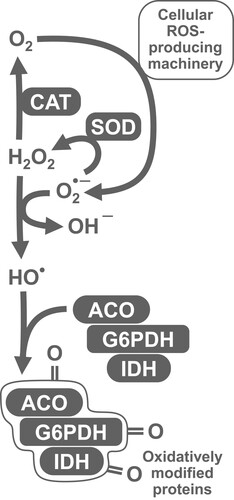
Data availability statement
The findings of this study are available from the corresponding author upon request.
